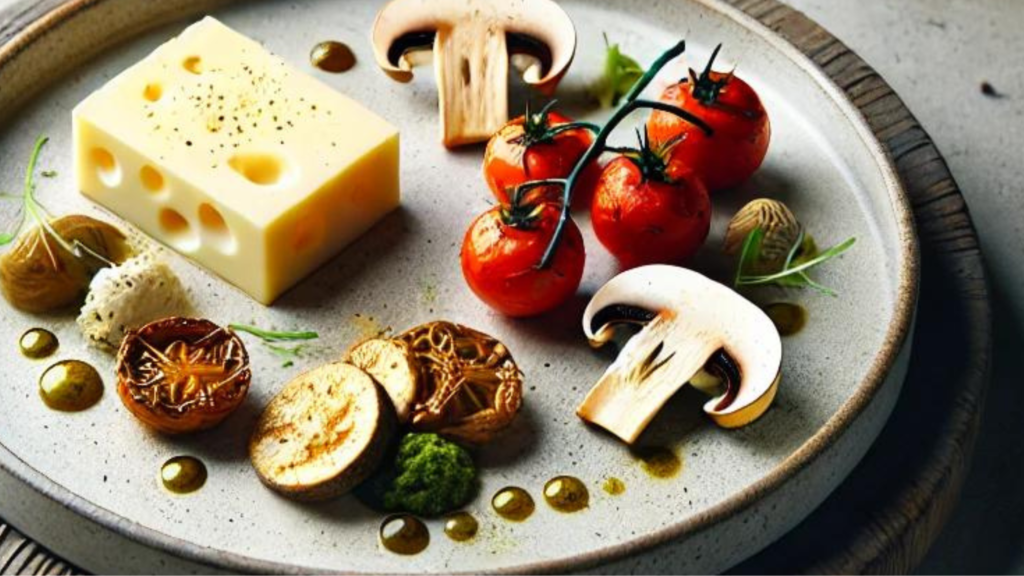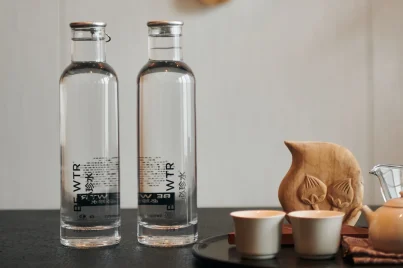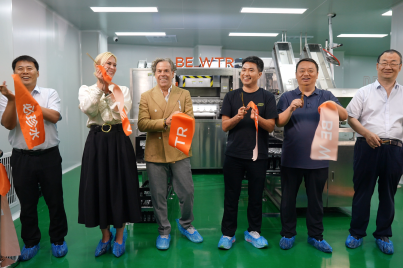#BE WTR News & Press Releases
Discover Umami: The Fifth Taste Revolution
02 July 2024, 7:47 GMT
By BE WTR
In 2024, umami has emerged as a major culinary trend due to its ability to enhance and deepen flavours, making dishes more satisfying and memorable.

What is Umami?
Umami, meaning “pleasant savoury taste” in Japanese, is the fifth basic taste after sweet, salty, bitter, and sour. Discovered in 1908 by Kikunae Ikeda, umami is found in foods like seaweed, tomatoes, and cheese. Umami can be found in soy sauce and miso, aged cheeses, tomatoes, mushrooms, seafood.
Umami in Modern Cuisine
Chefs globally are embracing umami to create unforgettable dining experiences through various methods such as the revival of fermentation and the discovery of vegetarian umami sources. For example, incorporating fermented foods or finding plant-based umami ingredients.
We recently had the privilege of speaking with Gabriel Low, the esteemed Head Chef at Shoukouwa Shinjidai, a prestigious restaurant in Singapore. Chef Gabriel Low shared his insightful perspectives on the complex and elusive flavor of umami, a cornerstone of his culinary philosophy.
Can you share your thoughts on why umami is such an intriguing and essential element in your cooking?

Chef Gabriel Low: Many classic ingredients like soy sauce, dashi, seafood, bonito and miso form the building blocks of Japanese cooking and they are rich in umami. Take for example our sakizuke (starter), Whet My Appetite, which features Bafun uni, cubes of Amela tomato from Shizuoka prefecture, surf clam and seasonal vegetables, encased within a dashi-soy jelly, served with citrus ponzu dressing. Here, umami enriches the dish and gives it a depth of flavour, bringing out each individual ingredient’s delicate nuance. At the heart of our innovative creations lies umami, binding elements together with its subtle complexity.
What are some of your favourite techniques or ingredients for incorporating umami into your dishes?
Chef Gabriel Low: Renowned for its umami depth and versatility, dashi is an essential base of Japanese cuisine and a key ingredient used at Shoukouwa Shinjidai. It’s utilised in several dishes at Shoukouwa Shinjidai, one of which is Good Thing — a delicate and aromatic clear crab consommé (made with dashi and crab shells) with hairy crab meat, lily bulb, ginkgo nut, topped with a kumquat peel. As a versatile ingredient, dashi plays a crucial role in our dishes, whether it be enriching our sauces or gently simmering ingredients to achieve savoury depth and richness, it elevates the overall taste by harmonising flavours and adding complexity.

In your experience, how does the quality of water influence the umami flavors in your culinary creations?
Chef Gabriel Low: With an uncompromised quality of water from BE WTR, it allows myself and our team of chefs to achieve consistent preparation of ingredients, like dashi, as mentioned earlier. Water quality is crucial in every step of our culinary process, from influencing the texture of sushi rice to the depth of flavour in sauces, ensuring every flavour comes together seamlessly. By ensuring purity through BE WTR’s advanced filtration systems, we maintain the integrity of each ingredient, resulting in consistently exceptional culinary experiences for our guests.
ENHANCE YOUR GASTRONOMIC EXPERIENCE WITH BE WTR AQTiV+

Indeed, Umami, often celebrated in high gastronomy, is redefining the culinary landscape. Introducing innovative textures and tastes. When paired with cutting-edge BE WTR AQTiV+ carafe, the full spectrum of flavours and subtleties in dishes are unveiled. This sophisticated carafe opens the taste buds and cleanses the palate, seamlessly integrating water into the gastronomic experience. Already adopted by top chefs like Pierre Reboul, Emmanuel Renaut, Anne-Sophie Pic, and many more, it’s a must-have for a unique gastronomic experience.
Learn more about BE WTR
The first sustainable premium water.




















